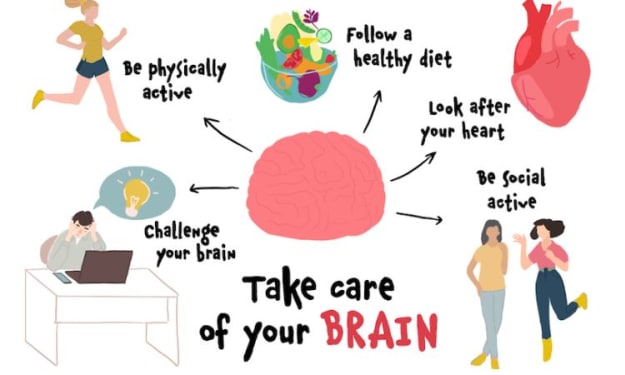The Looming Threat: Exploring Future Zoonotic Viral Infections
strange
Introduction:
In the wake of the COVID-19 pandemic, the world has been forced to confront the harsh reality of zoonotic viral infections—diseases that jump from animals to humans. While COVID-19 has dominated headlines, it serves as a stark reminder of the potential for future outbreaks. This article delves into the factors driving the emergence of zoonotic viruses and explores what we can do to mitigate their impact.
Understanding Zoonotic Viral Infections:
Zoonotic viral infections are not a new phenomenon; they have plagued humanity throughout history. From the bubonic plague to HIV/AIDS, these diseases have shaped societies and altered the course of history. However, factors such as habitat destruction, climate change, and wildlife trade have accelerated their emergence in recent decades.
Habitat Destruction and Deforestation:
One of the primary drivers of zoonotic viral infections is habitat destruction, particularly deforestation. As humans encroach further into natural habitats, they come into closer contact with wildlife, increasing the likelihood of viral spillover. For example, the destruction of forests in regions like the Amazon has led to increased contact between humans and bats, which are reservoirs for many viruses.
Climate Change:
Climate change is another significant factor contributing to the emergence of zoonotic diseases. Rising temperatures alter the distribution of animal species and their habitats, bringing humans into contact with new pathogens. Additionally, extreme weather events such as floods and droughts can disrupt ecosystems, facilitating the spread of diseases.
Wildlife Trade:
The global wildlife trade presents yet another pathway for zoonotic viruses to spread. Whether it's for traditional medicine, exotic pets, or bushmeat, the trafficking of wildlife brings together species that would never naturally interact. This creates a melting pot for the exchange of pathogens, increasing the risk of viral spillover.
The Threat of Future Outbreaks:
Given these factors, the threat of future zoonotic viral outbreaks looms large. Scientists warn that the next pandemic may be just around the corner, fueled by our unsustainable relationship with the natural world. The emergence of diseases like SARS, MERS, and Ebola serves as a chilling reminder of what could lie ahead if we fail to address these underlying drivers.
Mitigating the Risk:
While the prospect of future outbreaks may seem daunting, there are steps we can take to mitigate the risk. Firstly, we must prioritize conservation efforts to protect natural habitats and biodiversity. This includes measures such as establishing protected areas, enforcing wildlife trafficking laws, and promoting sustainable land-use practices.
Furthermore, we must invest in early detection and surveillance systems to identify emerging threats before they escalate into full-blown pandemics. This involves monitoring wildlife populations for signs of viral activity, as well as enhancing our ability to diagnose and respond to outbreaks in humans.
Education and Public Awareness:
Finally, education and public awareness are crucial in preventing future outbreaks. By raising awareness about the risks associated with zoonotic diseases and the importance of preserving biodiversity, we can empower individuals and communities to take action. This includes promoting responsible consumption habits, supporting local conservation initiatives, and advocating for policies that prioritize both human and environmental health.
Conclusion:
The threat of future zoonotic viral infections is real, but it is not insurmountable. By addressing the underlying drivers of disease emergence and taking proactive measures to mitigate the risk, we can reduce the likelihood of future pandemics. However, this will require a concerted effort from governments, organizations, and individuals alike. Only by working together can we hope to build a more resilient and sustainable future for ourselves and the planet. Could this be possible? Do share your view on this issue
About the Creator
Alexander Mensah
With a blend of expertise, creativity, and dedication, my article promises to captivate and entertain. Backed by thorough research and a passion for storytelling, each word is crafted to inform and engage readers. Join the conversation
Enjoyed the story? Support the Creator.
Subscribe for free to receive all their stories in your feed. You could also pledge your support or give them a one-off tip, letting them know you appreciate their work.







Comments
There are no comments for this story
Be the first to respond and start the conversation.